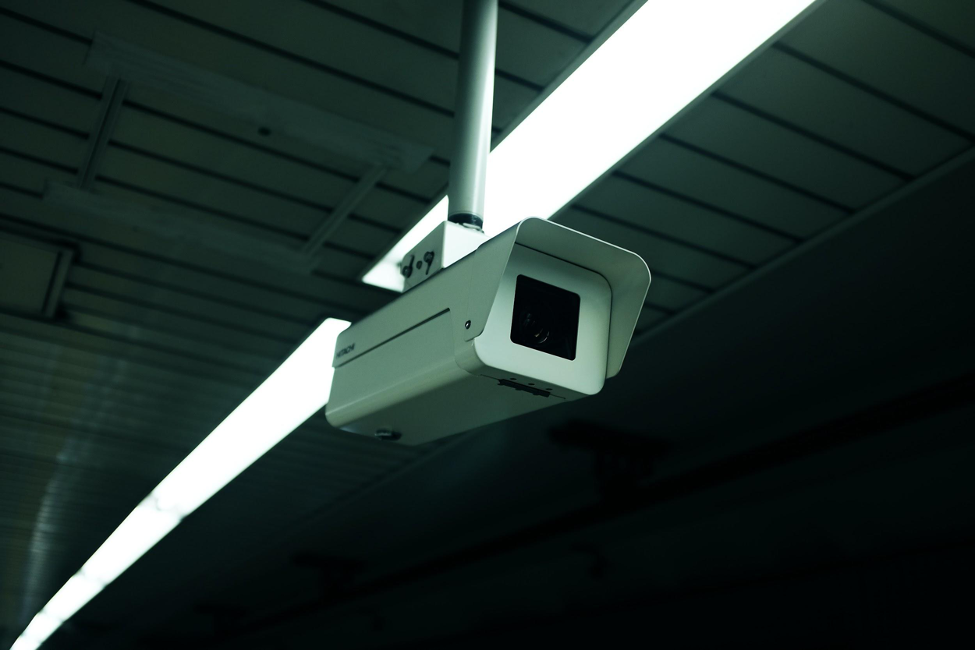There are a thousand questions about the effectiveness of the security gadgets we’ve relied on over the years. Surveillance cameras are one of the most used security gadgets in modern times, and it’s safe to assume that fact won’t change anytime soon. This article will evaluate the effect of security cameras on tinted glass.

Can security cameras see through tinted glass?
Some security cameras can see through a blacked-out glass, but even that fact depends on multiple factors like the camera position, tint depth, and lighting. Before we dig into those three, here’s a look at the type of surveillance cameras that can see through tinted glass.
What Surveillance cameras see through tinted glass?
Thermal Imaging enabled cameras can see through tinted glass. Thermal Imaging isn’t necessarily a new development. It’s been around for decades, making it possible for cameras to see through dark atmospheres, especially at night. It only makes sense that modern Thermal Imaging tweaks allow cameras to see through tints. As stated earlier, there are other factors involved. Here’s how they work.
Camera position.
Cameras are designed to imitate the human eye. And with thermal Imaging, it’s like having a human eye with night vision. Typical tinted glasses prevent outsiders from looking in without restriction to looking out from the inside. If your camera is on the inside, it would most likely get the same result as your eyes without switching to infrared. On the flip side, thermal imaging-enabled cameras would only capture the heat signatures on the other side of the tinted glass.
Tint Depth.
Thicker shades pose a bigger challenge for infrared cameras. In cases of light tints, zooming in from the outside might get you the images you need. The best option would be to move your camera closer to the glass to get less image distortion.
Of course, most surveillance cameras are stagnant, so digitally cleaning up the zoomed image might be the next best thing.
Lighting.
Lighting has as much effect on security cameras as on the human eye. When the light from the outside reflects profoundly on tinted glass, it becomes quite difficult to get a clean image, even with infrared. That’s why surveillance cameras are more effective in nighttime and low light scenarios. Unfortunately, the light from within the non-tinted part of the glass could also counter the infrared mechanism.
Accepting the difficulties of getting your surveillance cameras to see through tinted glass can be overwhelming. However, there are more workable options for you. At Praetector, we’ll be glad to walk you through the amazing possibilities of visual security.
